Earth Facts For Kids
Read our facts about Earth and review our question sheet in the activity section at the end to test your knowledge of our wonderful home planet!
We live in a very special place, a place we call home…and that’s Earth! Here we’ve got some awesome facts about Earth that will knock your socks off. Read on and prepare to be amazed!

Did you know that the Earth isn’t really round? It’s actually more of a sphere shape. The reason for this is because of gravitational pull. This pull gives it a few bulges and bumps…so watch where you walk!
Bet you thought there were 24 hours in a day. Yes? Well there actually aren’t, there are 23 hours, 56 minutes and 4 seconds. Remember that fact and tell your teacher next time she asks, maybe you’ll surprise her!
Also read about Earth Day
The Oceans on Earth
Oceans cover most of the Earth’s surface, but did you know that we’ve only discovered 10% of it. Although we’ve found thousands of species, experts think that there could be at least 25 million more that are just waiting there in that 90% of the oceans that we haven’t even set foot in, or should we say dived in.
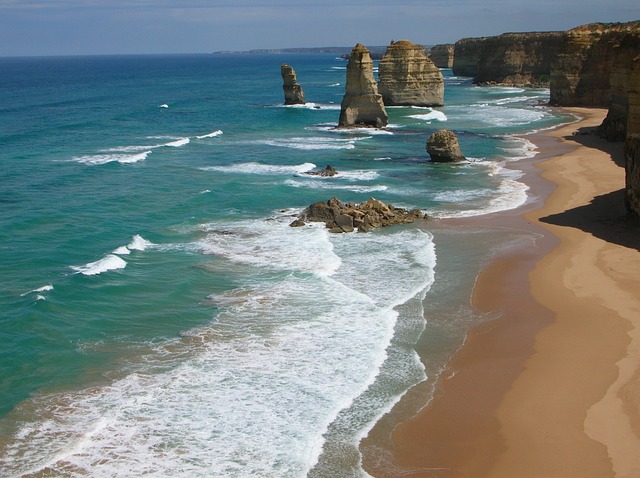
All the continents on Earth used to be one large continent millions of years ago. How big that must have been! It was called Pangea and it began to break apart and separate 200 million years ago. And that’s how all our continents that we have today formed. Amazing stuff huh?
If you like lots of people around, then Greenland is not the place for you. It is the least populated place on Earth, with only 56,000 people in a 1, 2 million square mile (2 million square kilometer) area. Wow, it would be hard to find friends here!
Another planet like Earth?
Scientists are looking for a new planet that people could live on, just like Earth. They have found a couple which could be possibilities, which include Kepler 22b which circles around a star much like our planet does.
Wonder if this will ever happen in our lifetimes, where instead of moving to a new city you move to a new planet!

Earth used to have a twin. Now who would think that a planet would have a twin, that’s weird! Anyway its twin was called Theia. It was the same size as Mars and was either 60⁰ in front or behind us.
Apparently, Theia crashed into Earth millions of years ago and well Earth was clearly hungry as it gobbled it all up, except for the bit that is now the moon! Wow! Scientists believe that as our Moon is actually too big for our planet and is made up of a lot of the same things that Earth is made up of! Wonder if that’s really true?
Did you know that Antarctica contains 70% of the world’s drinkable water? All that water just from one place…that’s amazing. It also has 90% of Earth’s ice. Wow, who would have thought that Antarctica gives us so much?
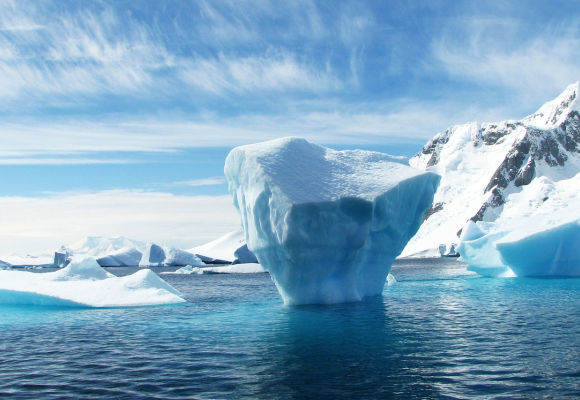
The World’s Longest Mountain Range
The world’s longest mountain range is actually underwater! It’s called the Atlantic Mid Ocean Ridge System. It stretches about 50,000 miles (80,000 kilometers) and it’s nearly 20 times longer than the Andes Mountains above ground.
Wow, that’s quite something.
Now this is something to celebrate! In 2012 the hole in the ozone layer was smaller than it had ever been in 10 years! Hope you’re doing your bit to save our planet!
2 gallons (1 liter) of seawater contains a billionth of a gram of gold. Well get down to the beach right now and start collecting! Maybe you’ll be rich one day!
The Earth could be Venus!
Imagine Earth being like the surface of Venus? We certainly wouldn’t be able to live here, that’s for sure! Well did you know that the Earth is the only planet in our solar system that has tectonic plates? And, even more amazingly, without them, our planet would overheat and become exactly like Venus!
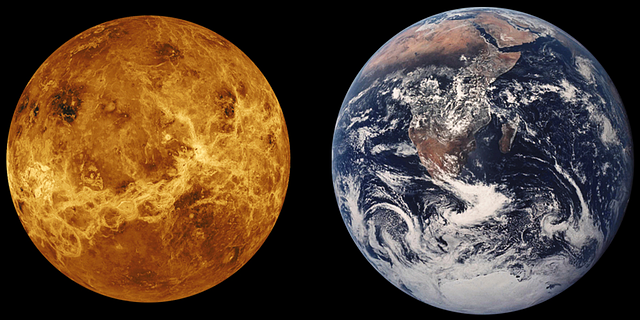
Gravity isn’t the same everywhere on Earth. So there are some areas that have more gravity than others. That’s interesting. If you live in Hudson Bay, Canada then you’re living in a place that has a lower gravity than most areas. Apparently this is because of the ice glaciers that used to be there.
Have you ever wondered where the most species are found? In reserves, in the sea, in rainforests? Well, the most species are found in underwater coral reefs! There are more species here than even rainforests!
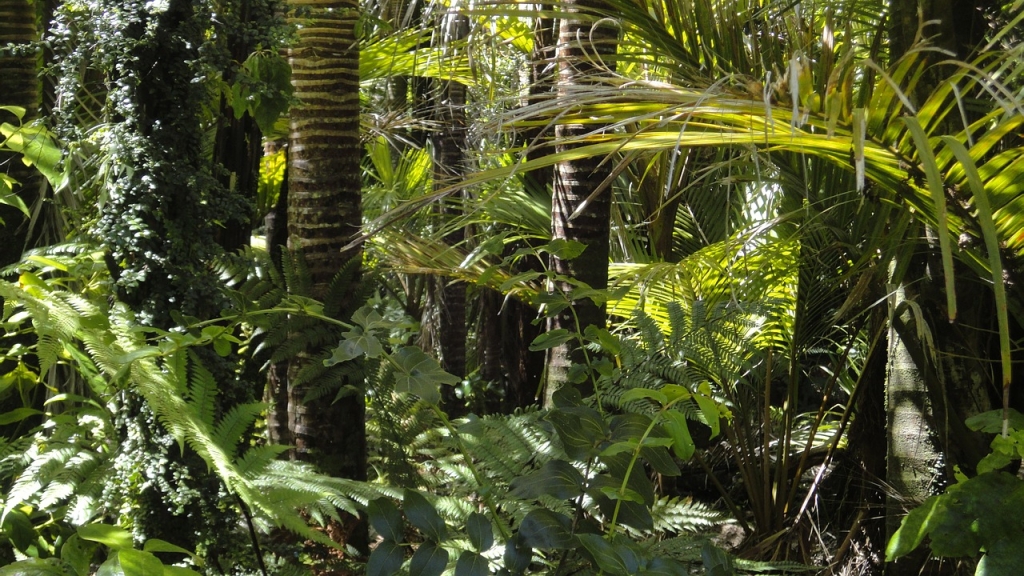
The deepest point on Earth
The deepest point on Earth is in the Mariana Trench. It goes down, down, down for a humongous 36,000 feet (10,916 meters). That would take a long time to get down surely!
Have you ever heard of an exploding lake? Well there are three lakes in Africa that do just this. In Cameroon, Rwanda and the Congo, the lakes Nyos, Monoun and Kivu are all crater lakes that sit above volcanic ground.
The magma bubbling underneath can release deadly gases and then just like that the lake can explode. That would be an amazing sight to see!
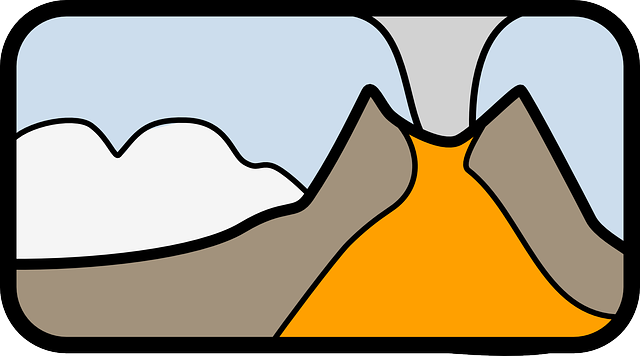
Have you heard that there are millions and millions of species of on Earth? Well guess what? Only 14% of the world’s species have actually been discovered and identified. That’s crazy!
This will blow your mind. There are 8.6 million lightning strikes on the surface of the planet every year. Watch out for those lightning storms!
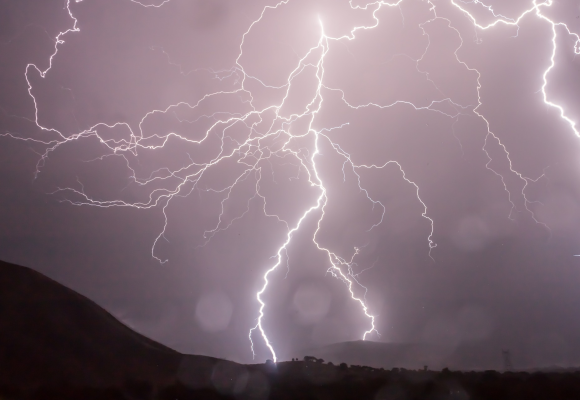
So, now you’re all clued up on Earth and know some awesome facts about our home planet!
Activity Time
Click to download or print our question sheet to use at home or in class!

 Questions about the Earth (all answers found on this page)
Questions about the Earth (all answers found on this page)

